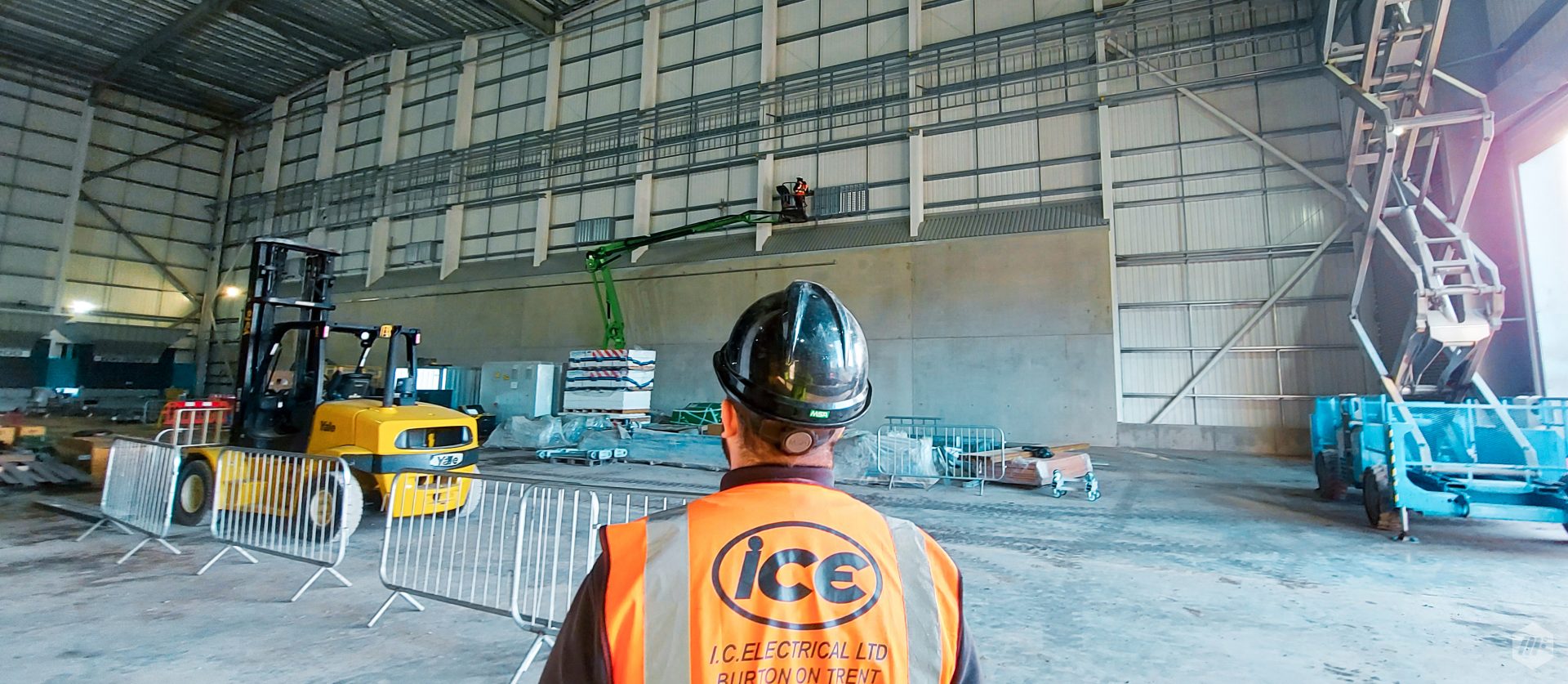Project Brief: “Can you design bracketry to support 10kN of cable on trays and ladders supported vertically spanning steels 6-8 metres apart?” an electrical contractor recently asked.
Solution: Skye Jennings provided a deeper insight:
“Designing bracketry to support 10kN of cable containment whilst spanning distances from 6.6m up to 7.9m between steels of varying sizes can be a challenge due to all the variables that need to be considered:
- Service loads
- The fixing method
- The span between the steels
- The layout of the installation area
- Installation
- Lead times
Supporting 10kN of cable isn’t usually a concern, but when spanning distances between 6.6m up to 7.9m between steels of different sizes whilst not being able to bolt to the steels due to intumescent coating gave very little room for error.
Clamping rather than bolting to steels brings about its own challenges. You must depict what the limiting factor is, select the correct type of clamps and understand what the allowable load is in certain orientations, and at the right size, especially in this case as the steels had thick flanges. The only option to adequately support the services was to clamp with welded bespoke joining plates using M20 fixings to provide the necessary grip.

Electrical containment support frame
Spanning between steels at these intervals leaves a limited amount of allowable load and little margin for error, reaching maximum deflection in the centre of the frame quite easily. As expected, structural calculations confirmed that larger profiles, such as Framo 100 could adequately support the containment spanning 6.6 metre and Framo 160 could span steels 7.9 metres apart.
The layout of the hall and positioning of current steels meant that to support the services, the frame had to span all the way to the corner steels as there was nothing else to fix too. The containment falls at the end of the run onto floor-mounted frames, therefore legs were dropped to the floor and braced to the mounted frame to take the vertical load of the containment. To prevent lateral movement from the 11m drop, braces were also fixed to existing gantry steels.

For ease of installation and due to the lengths of the Framo sections, the frame was supplied loose so that it could be built up on-site in sections between steels.
Procuring bespoke joining plates that required laser cutting and coating in the intumescent primer, added another dimension due to their lead time. Such components must be considered at the start of the project to ensure it does not delay the project delivery.
Overall, for anyone designing frames of this magnitude, spanning these distances, I would always recommend structural calculations to ensure the correct profiles are selected and analysis of the entire frame is completed to confirm the system is an adequate solution for the given loads.”


